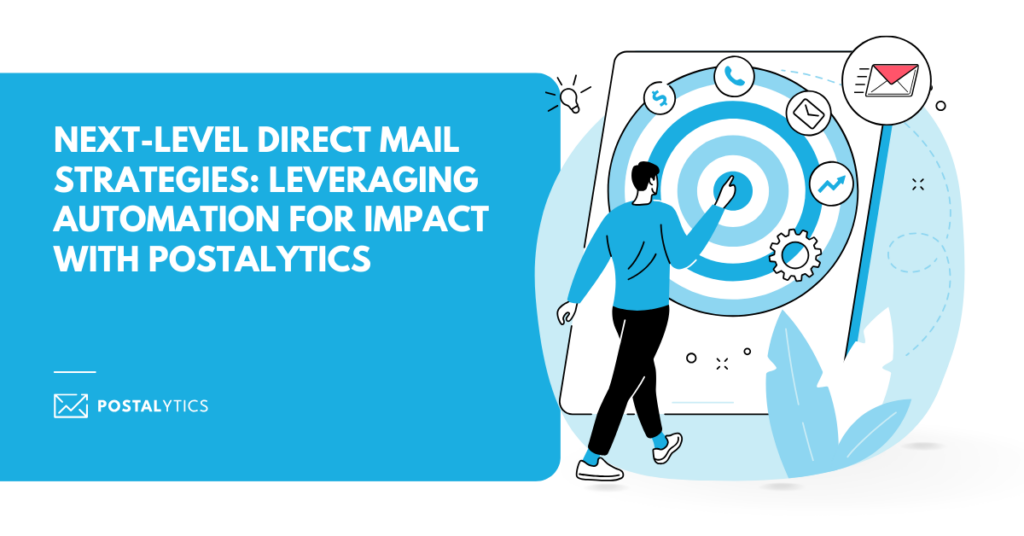
Direct mail gets a bad reputation as the service that does nothing but clog your letterbox.
Did you know that 57% of Baby Boomers, 45% of Gen X, 41% of Millennials, and 37% of Gen Z would be disappointed if they stopped getting direct mail?
Traditional direct mail is still as effective and memorable as it was years ago. But how do you ensure your mail gets the required attention or makes the desired impact?
One way is to use direct mail automation. In this guide, we’ll share how our team and clients have used tried-and-tested strategies to create winning automated direct mail campaigns.
Understanding Direct Mail Automation
Direct mail automation uses technology to streamline and optimize the creation, sending, and tracking of direct mail campaigns. By automating these tasks, marketers can save time, reduce errors, and enhance their campaigns’ efficiency.
Marketers can adopt direct mail automation to;
- Improve targeting and personalization,
- Increase response rates,
- Integrate direct mail with digital marketing efforts,
- Gain valuable data and insights, enabling informed decision-making.
For example, a retail company can use direct mail automation to send personalized postcards with deals based on customer purchase history. These offers are more effective because they are targeted and personal.
8 Powerful Direct Mail Strategies
You need strategies that hit the mark to maximize your automated direct mail marketing campaigns.
Below are eight simple and effective strategies you can try.
1. Create a sense of connection
You can create a sense of connection by using storytelling and emotional appeal to build a relationship with the recipient. You can do this by;
- Tailoring messages to individual interests,
- Using the recipient’s name,
- Referencing their past interactions can help build a connection.
For example, you can incorporate narratives and visuals that resonate with the recipient’s values or experiences. Or, if you are a local coffee shop, you could send personalized handwritten notes to frequent customers and thank them for their loyalty. They could even include a story about the shop’s journey and the community’s role in their success.
This approach makes customers feel valued and fosters a deeper, more personal relationship with the brand.
Here’s how Reservation Animal Rescue shares a personal story to inspire people to donate money.
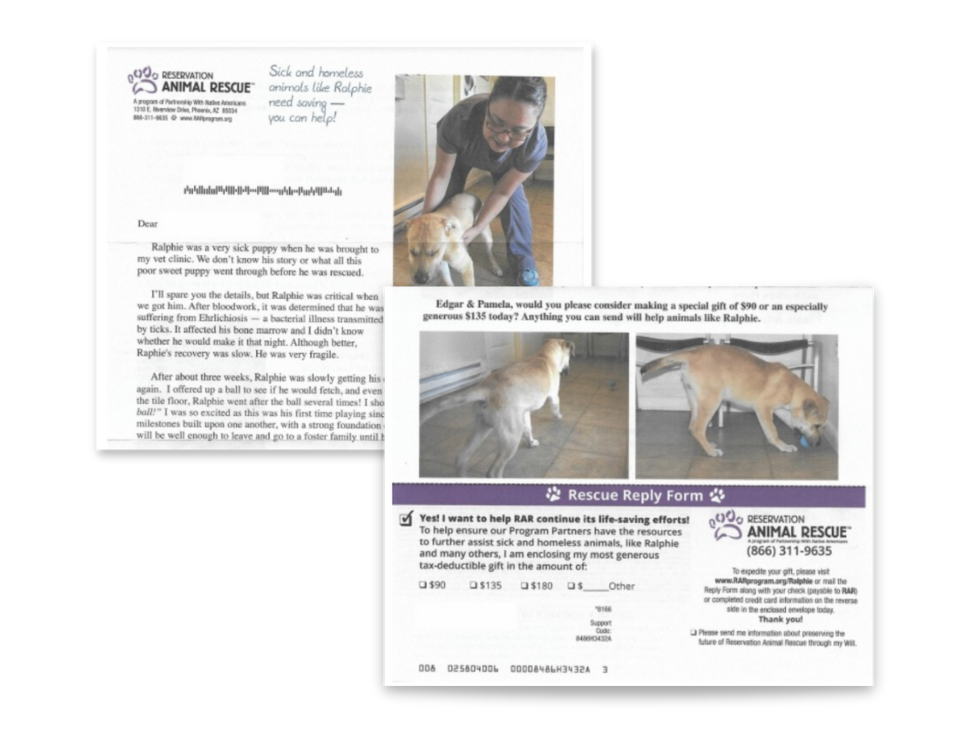
2. Personalize at scale
Have you ever received a piece of direct mail with your name on it? Or one that catered to your specific preference or requirement? This kind of personalization usually makes people want to read the mail and engage with it.
But how do you personalize direct mail at scale when you have 50 or even 100 mail pieces to send? With direct mail automation tools like Postalytics, you can personalize your mail pieces without spending a lot of time on it.
For example, you can use features like variable logic to enter recipient names or have different images based on different locations or other factors.
Here’s how Patient First uses personalized maps for their mail pieces.
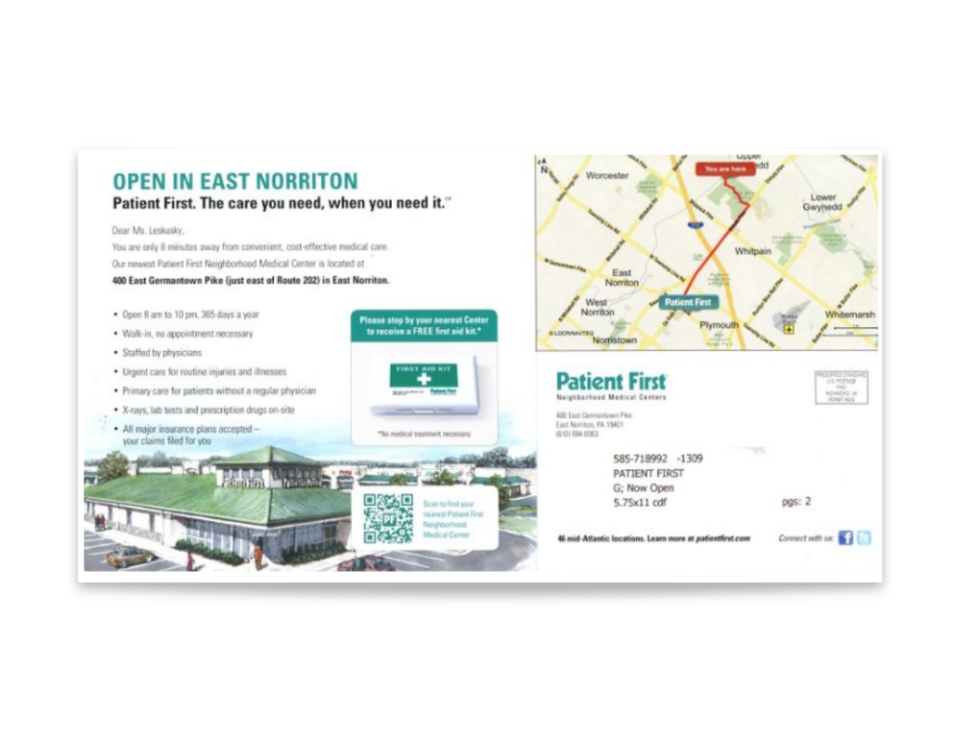
3. Implement automated triggered mailings
Automated triggered mailings involve sending direct mail based on specific customer actions or milestones. This strategy utilizes predefined triggers like a purchase, a subscription anniversary, or cart abandonment to automatically generate and send personalized mail pieces.
A great example is when a user shows intent but doesn’t buy. You can set up a triggered sequence to send a direct mail sequence when a lead goes to your pricing page or checkout page but doesn’t purchase.
By responding promptly to customer behaviors, businesses can enhance engagement and drive conversions.
For example, eduConverse, a marketing and technology agency, used Postalytics to personalize student recruitment journeys and drive triggered integrated campaigns. Here’s an automation sequence they set up.
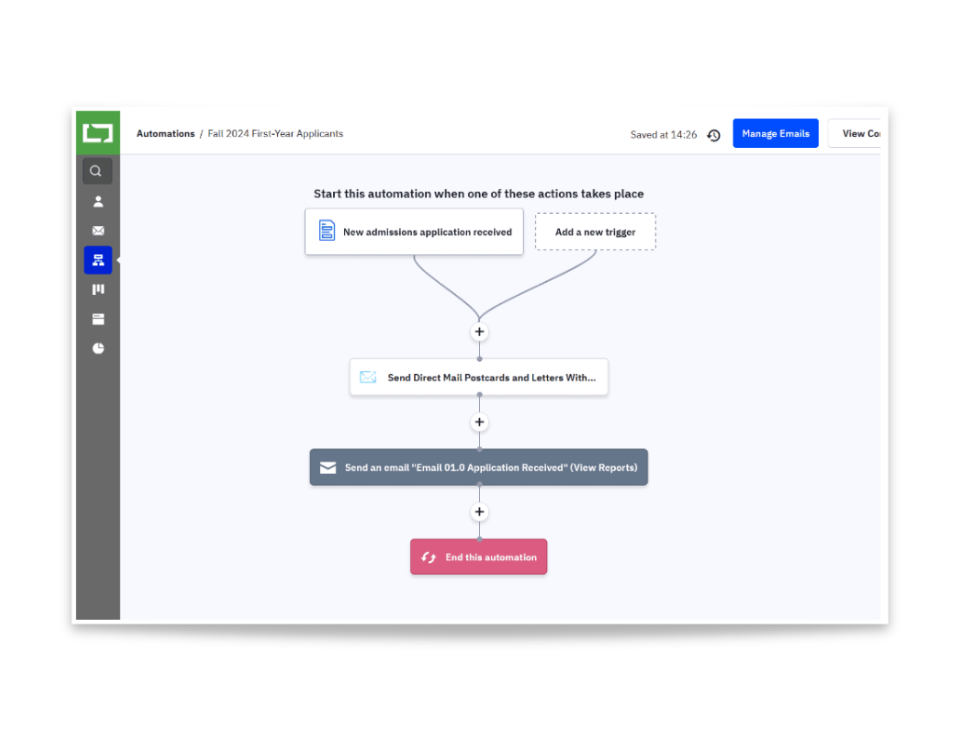
This helped the agency scale higher education student recruitment.
4. Use compelling design and copy
Compelling design and copy in direct mail captures the recipient’s attention and conveys the message. It also prompts the recipient to take the desired action.
With design, always use high-quality images, a clean layout, and consistent branding. The design should guide the recipient’s eye toward the key message and call to action. For copy, be concise, use a conversational tone, and highlight the benefits to the recipient.
For example, a travel agency could send a postcard with stunning images of a vacation destination, a bold headline like “Discover Paradise,” and personalized copy detailing an exclusive offer. The postcard should also feature a clear call to action, such as “Book Now and Save,” directing the recipient to take the next step.
5. Leverage interactive elements
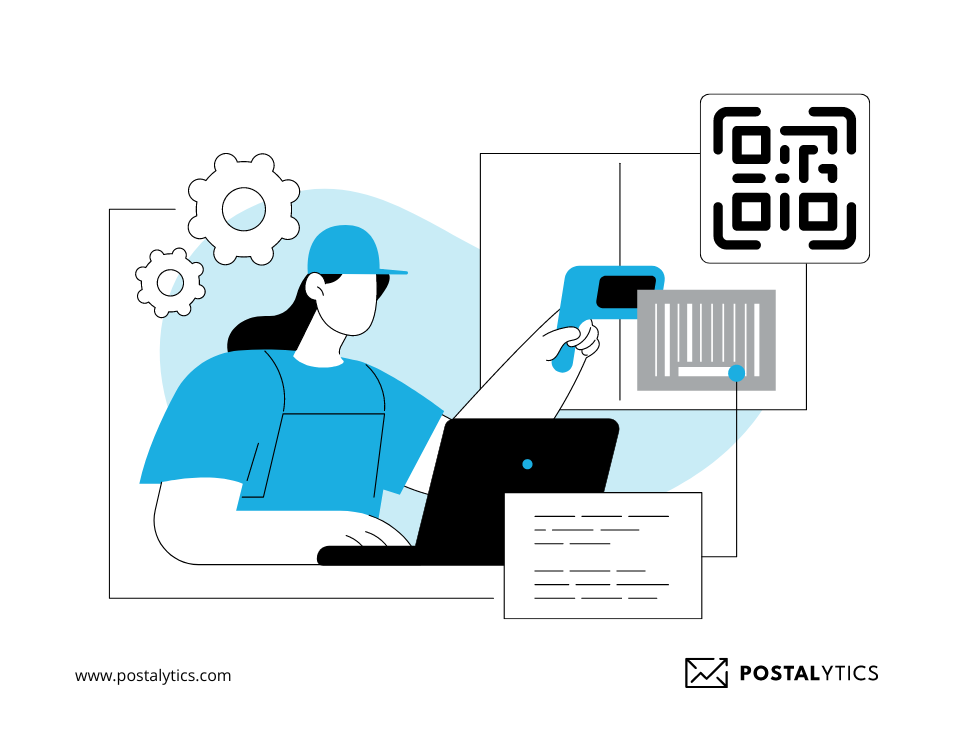
Leveraging interactive elements in direct mail involves incorporating features that engage recipients and prompt them to take action. It creates a more immersive and memorable experience. Interactive elements can include;
- QR codes,
- Augmented reality (AR),
- Personalized URLs (PURLs),
- Pop-ups.
For example, a car dealership could send out mailers featuring a QR code that, when scanned, takes recipients on a virtual tour of the latest car models. The mailer could also include a pop-up section revealing a scratch-off discount offer. This would add an element of surprise and engagement. This strategy captures attention and drives recipients to interact with the brand through digital channels. It’s effective at bridging the gap between physical and online marketing.
6. Automate multi-channel campaigns
Not all of your target customers will use email or, say, social media. To ensure you reach everyone, you need to have multi-channel campaigns. This ensures you meet different communication preferences and reach a wider audience.
Automating multi-channel campaigns involves using direct mail automation software to coordinate and integrate direct mail with other marketing channels – email, social media, and SMS – to create a cohesive and synchronized customer experience. This approach ensures consistent messaging and timing across all touchpoints, enhancing direct mail campaign effectiveness and customer engagement.
AZ Nutrition Center faced the problem of its email marketing not reaching all customers. By using Postalytics, they integrated HubSpot and added automated direct mail to target email non-responders.
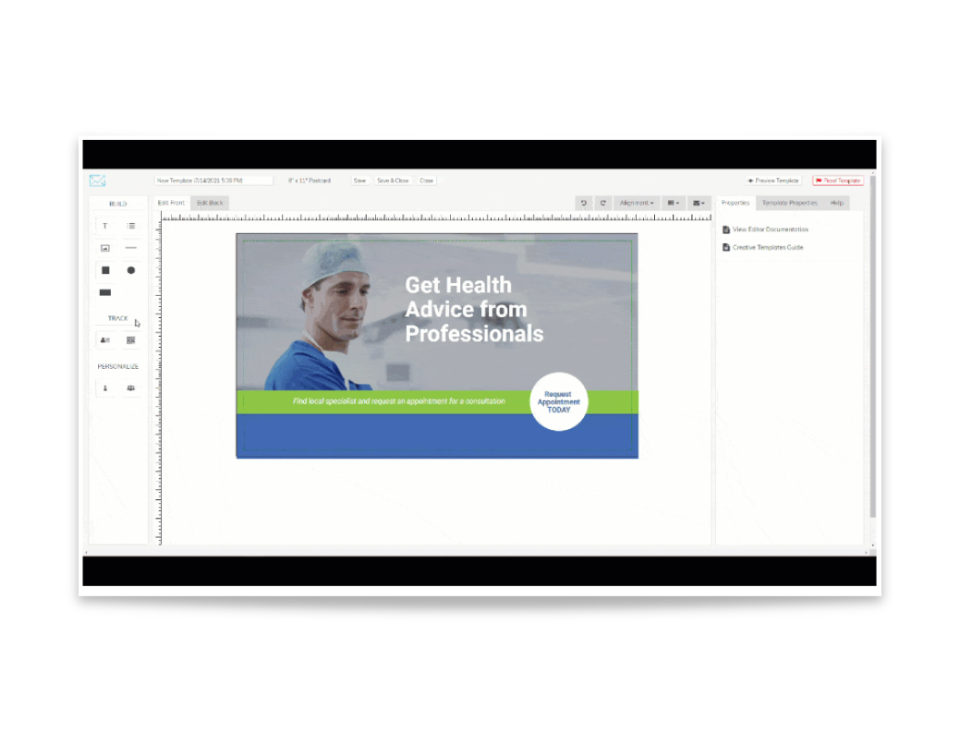
The result was a reconnection with lapsed email subscribers and a boost of 30% in ROI.
7. Use integrations to automate workflows
Using integrations involves connecting various software tools to streamline and synchronize tasks, reducing manual effort and ensuring consistency. This can include integrating CRM tools, e-commerce platforms, and marketing automation tools to trigger direct mail based on customer interactions or data updates.
For example, a retail company can integrate its CRM with a direct mail automation platform. When a customer makes a purchase, the CRM updates the customer’s profile, triggering an automated workflow that sends a personalized thank-you postcard and a discount offer for their next purchase. If the customer doesn’t redeem the offer, the system could trigger follow-up emails or SMS reminders. This integration ensures timely, personalized communication across multiple channels while reducing manual coordination.
8. Test and optimize
Testing and optimizing is all about using data-driven methods to evaluate and enhance the effectiveness of mailings. This includes A/B testing, tracking key metrics, and iterating based on results.
A/B testing involves sending different versions of mail pieces to segments of the audience to see which performs better. You can then track metrics such as response rates, conversion rates, and ROI to gauge effectiveness. Analyzing this data helps identify successful elements and areas for improvement.
For example, a nonprofit organization could test two versions of a fundraising mailer. One could use a bold headline, and another could lead with a heartfelt story. By tracking which version generates more donations, they can optimize future mailings to include the most compelling elements.
How to Leverage Automation Tools in Postalytics?
By leveraging automation tools, Postalytics allows businesses to manage personalized mailings at scale.
Our platform’s key automation features include:
- Triggered mailings: Automatically send direct mail based on specific customer actions or milestones. This could be a purchase, cart abandonment, or subscription renewal.
- Variable data printing: Personalize each mailpiece with unique text and images and tailor offers to individual recipients based on their data.
- Variable logic: Use conditional statements to create dynamic content that changes based on recipient data.
- Real-time tracking: Track the progress and performance of direct mail campaigns with detailed analytics and tracking capabilities.
Postalytics also offers over 300+ integrations. These integrations enable businesses to create custom automation across various platforms:
- CRM integration: Sync with systems like Salesforce and HubSpot to automatically update customer data and trigger mailings based on CRM activities.
- Marketing automation: Integrate with tools like Marketo and ActiveCampaign to coordinate direct mail with email, social media, and other digital marketing efforts.
- Data integration: Connect with data platforms to streamline data management and ensure accurate, up-to-date information for personalized mailings.
Ecommerce integration: Link with ecommerce platforms like Shopify and WooCommerce to automate direct mail based on customer purchase behavior and lifecycle stages.
Boost Your Direct Mail Campaigns With Postalytics
Unique direct mail automation strategies are your path to conversions. Not only can you reduce the manual work for each campaign but you can get better results from direct mail marketing as a channel.
With these strategies mentioned above, you can start experimenting and see what works best for your business.
If you need a direct mail automation tool that does most of the work for you, register for a free account on Postalytics.
About the Author

Dennis Kelly
Dennis Kelly is CEO and co-founder of Postalytics. Dennis joined Boingnet, the predecessor to Postalytics, in 2013. Boingnet was focused on providing print and direct mail marketing service providers the ability to add digital marketing channels to their direct mail campaigns. Postalytics is Dennis’ 6th startup. He has been involved in starting and growing early-stage technology ventures for over 30 years and has held senior management roles at a diverse set of large technology firms including Computer Associates, Palm Inc. and Achieve Healthcare Information Systems.
